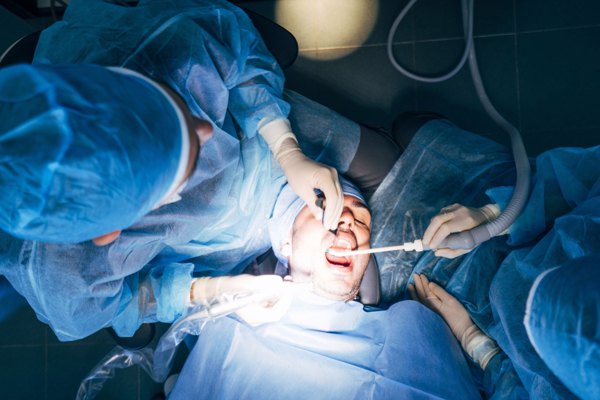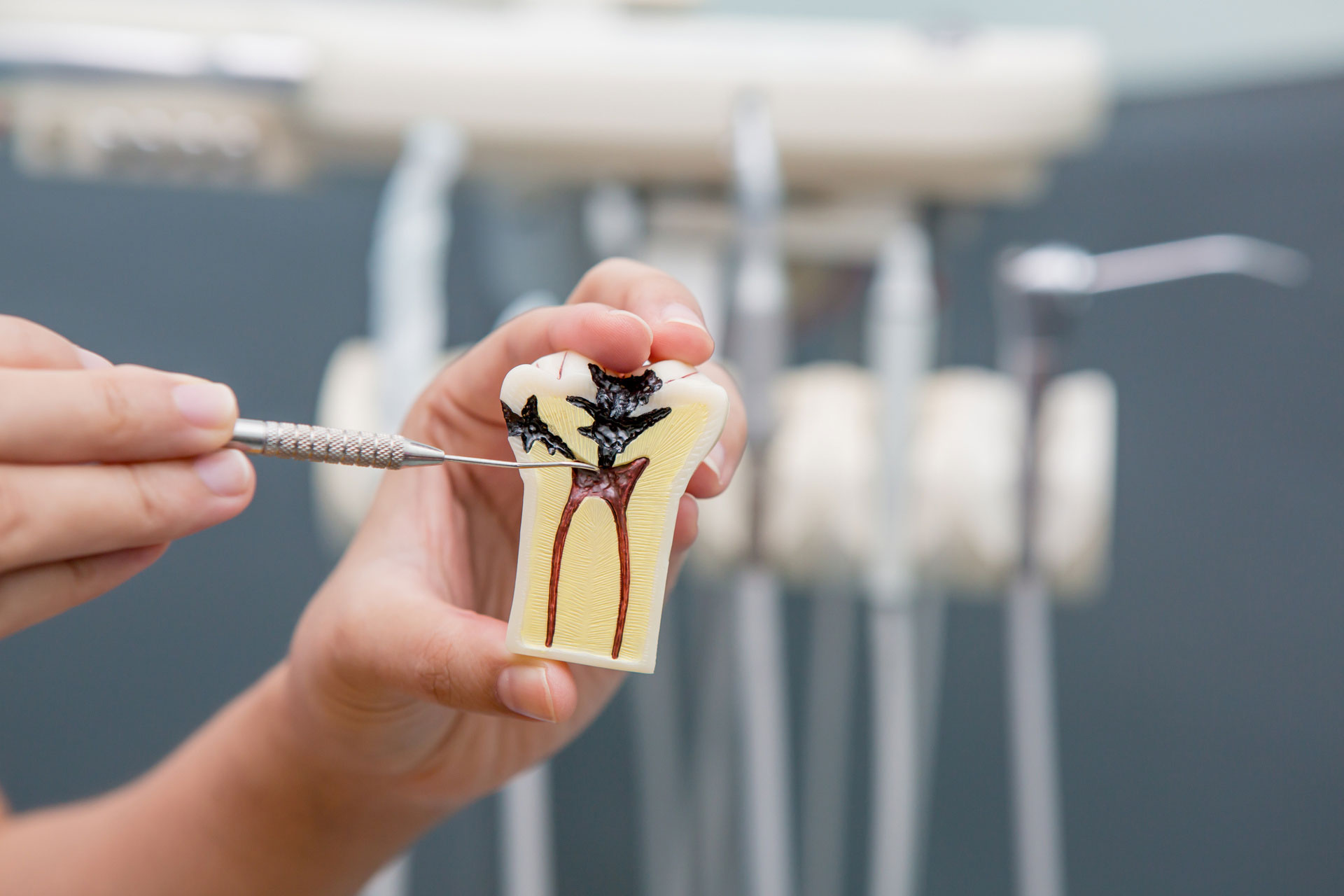Dental surgery
Dental surgery also includes bone reconstruction, root coverage, gum grafting, lip and tongue frenectomy, orthopedic therapy of tooth fractures, and alveolar fractures of the maxilla and mandible.
It’s clear and obvious that people are afraid of tooth extractions – nobody’s comfortable before a dental surgery procedure. Furthermore, you must have heard different stories about pulling teeth out (for example, wisdom teeth), which may be more or less true. But we have good information for you: we don’t “pull” teeth out, we remove them. Our patients often ask in disbelief after the procedure: “Is it already over?” At Vinci Clinic, we use modern, yet effective methods of anesthesia, which ensure maximum patient comfort during the procedure and high predictability of tooth extraction (including impacted teeth). We use laser to cut tissue, and we also apply the safe and minimally invasive ÖGRAM technique of extracting teeth. After the procedure, the gums heal quickly, and our patients soon forget they ever had their teeth removed. No matter what type of a procedure we perform, patient comfort during and after is our top priority. That’s why surgical procedures at Vinci Clinic are performed with minimally invasive methods, using the latest microsurgical techniques and tools. We always work at high magnification using a microscope or magnifying glass. Using the state-of-the-art LightWalker laser (Fotona) guarantees precision and excellent results of atraumatic surgical treatment.
Indications for surgical removal of an impacted wisdom tooth
One of the most common surgical procedures performed in the dental office is the extraction of third molars, also referred to as wisdom teeth. In most patients, wisdom teeth erupt at a fairly late age – usually between the age of 17 and 25 (sometimes, however, they appear even later or don’t erupt at all). Due to the anatomy of wisdom teeth and difficult access to them, conservative treatment often proves ineffective or even pointless; especially that third molars are more susceptible to caries than other teeth. A situation where a carious lesion develops in a partially erupted wisdom tooth is observed quite often. Indications for a surgical intervention include improperly positioned unerupted wisdom teeth that pose a risk of complications and may damage adjacent teeth or cause crowding of teeth in the anterior segment.
Atraumatic surgery – rapid healing after surgery
Painless and stress-free surgery means not only painless procedures, but also high post-treatment comfort. For years, we have been using platelet-rich fibrin (PRF) safely extracted from your blood. PRF enables us to avoid complications, like wound infections. Such treatment also results in rapid bone regeneration and prevents bone atrophy. Using laser to perform biostimulation of healing tissues reduces post-procedure pain as well as accelerates bone and gum regeneration.
Surgical methods to support root canal therapy
Apical surgery in endodontics consists of three basic procedures, namely root resection, hemisection, and radectomy. Surgical treatment is often the patient’s last chance to have their teeth saved, even if inflammation is accompanied by irreversible pathological lesions. Hemisection involves removing half of a tooth along with one of its roots and restoring the remaining fragment with a prosthetic crown. Indications for surgery include periapical inflammatory lesions that make further conservative treatment impossible or pointless. Occasionally, hemisection is also performed for periodontal indications or after a vertical tooth or root fracture. Radectomy, similarly to hemisection, is performed in case of multi-rooted teeth. It involves cutting off and removing a root that is no longer suitable for restoration.

